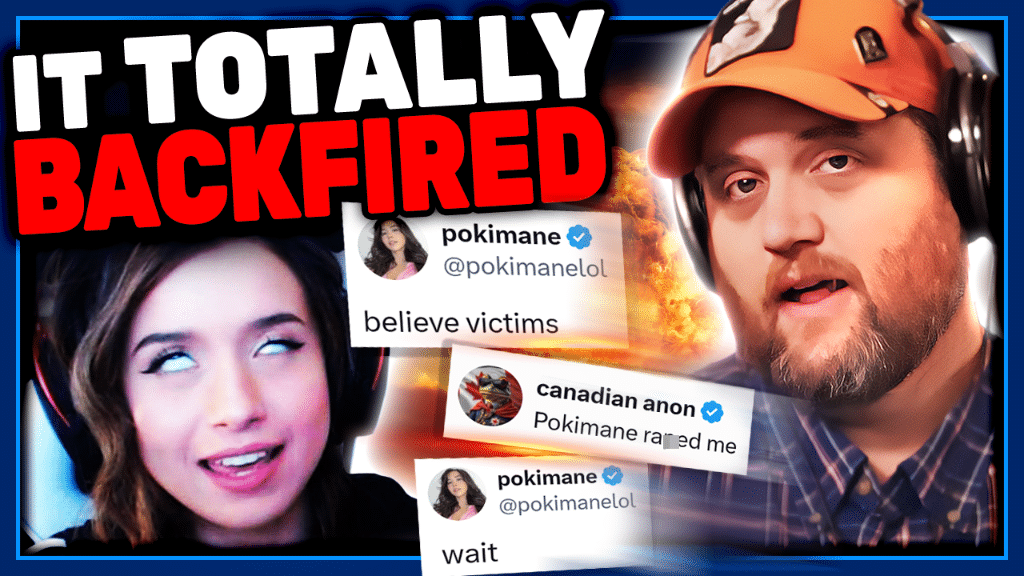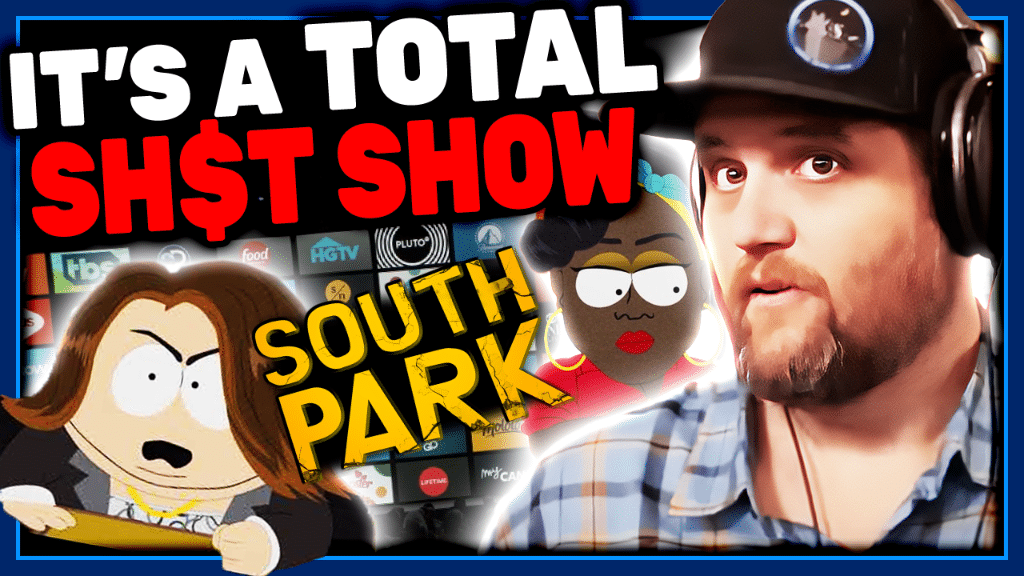Elon Musk says X’s — formerly Twitter’s — block feature is on the chopping block, repeating his long-standing gripe against the basic social networking feature. “Block is going to be deleted as a ‘feature’, except for DMs,” Musk said in an X reply on Friday. He followed up with another post: “It makes no sense.”
Musk has made his feelings about blocking known in the past months. In June, he said that Twitter should remove blocking in favor of “a stronger form of mute,” and he’s complained about large block lists and mass blocking campaigns against users who subscribe to Twitter Blue. But he also has a long history of promises that are delayed or never implemented — and removing the “block” feature might be a particularly unpopular change.
Blocking provides some very tangible benefits, helping users (especially high-profile ones) do anything from avoiding harassment to simply cleaning up spam in their replies. It’s rare for large social networks to launch without a block button; when microblogging competitor Bluesky tried it this spring, it became a pain point that was changed almost immediately. “Block is a form of moderation for users,” noted Windows Central editor-in-chief Daniel Rubino after Musk’s tweets today. Muting is also a kind of moderation, but muted users can still stalk your posts or make unwanted replies that are seen by other people.
Musk has referred to X and Twitter as a sort of digital combat arena that promotes freedom of expression by encouraging constant no-holds-barred communication, so it’s not surprising he would disdain this prospect. But there are questions about how it would work.
As multiple people noticed, Apple and Google both include language that suggests social networking apps need a block feature — Google Play developers must provide “an in-app system for blocking [user-generated content] and users,” and iOS developers must provide “the ability to block abusive users from the service.” (While Apple’s language here seems ambiguous about whether users should have a block feature, one publicly posted iOS rejection message flatly says that “users need a mechanism to block abusive users.”) Musk has no particular respect for following rules, but he’s backed off picking direct fights with Apple in the past.
It’s also not clear how technically difficult removing blocking would be. Musk has complained about the stability of the old Twitter code base while simultaneously slashing employees, including core technical team members. On top of the first-order effects of ending blocking, removing a core feature could have unintended side effects for a site that’s already suffered significant outages.
That said, X is evolving under Musk. TweetDeck (now called X Pro) added a paywall earlier this week, and The Washington Post seemingly discovered a surreptitious throttling of links to Instagram, The New York Times, and other sites Musk dislikes — though it disappeared after The Washington Post report. Removing blocking (or making it a paid feature) isn’t necessarily imminent, but it’s not necessarily off the table either.













